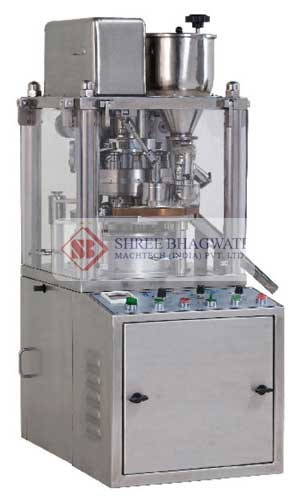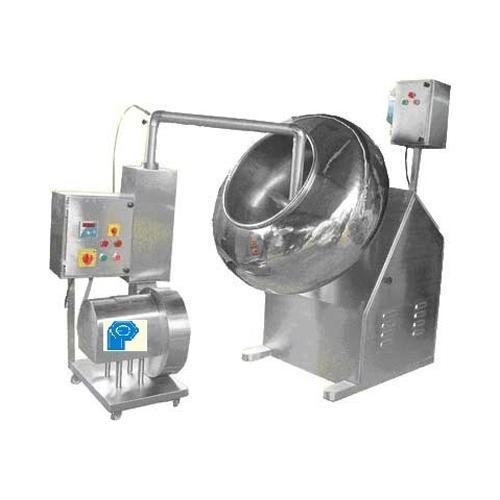- Welcome To Shree Bhagwati Machtech India Pvt. Ltd.
- +91 9898070475
- [email protected]
Double Cone Blender vs. Octagonal Blender vs. Blender

Fluid Bed Dryers: Multifunctional Machine
March 26, 2021
Tablet Press , Tablet Compression Machine – Working Principle , advantage , Working Principle of Tablet Press
March 27, 2021A blender a very important piece of equipment for the pharmaceutical, chemical and food industries. In the pharmaceutical industry, medicine is manufactured by mixing various combinations of drugs and chemicals. Each one of them also has different chemical compositions and reactions and mixing may be done either in a dry or wet state depending on these factors. There are various types of blenders available and each of them has its purpose. We shall have a look at the types of blenders depending on their use in the manufacturing process.
Principle of a Blender – It works on the principle of producing a wave as the material gets tumbled. The shear plane first makes the wave in the top one-fourth of the product load and then subsequent mixing is done.
The Advantages of a Blender are –
- There is no loss of production time as this fast processor gives a quick turnover
- Reduces costs and helps in waste management
- Higher Viscose mixers help in product efficacy
Double Cone Blenders – These blenders are typically used for mixing dry granules, powder, and abrasive heavy material. It is shaped in a cone form and has multi-shear deflector plates which help in easy blending. There are paddle-shaped baffles available which can also be fitted on the shaft if better blending is required. The canonical shape of the blender enables homogenous mixing of bulk material and an easy discharge

Principle of a Double Cone Blender– They are most often used for dry blending of any free flow solids. These solids could be of different densities and get intermixed as the double cone rotates. Normal Cycle times are set as and when required and the butterfly valve at one end is provided for material discharge and the other end for material charging and cleaning.
The Advantages of a Double Cone Blender are–
- The conical shape of this blender ensures a uniform blend in mixing
- The cone is balanced in a statically placed manner to avoid any load on the gearbox and motor. Optionally a flameproof motor can be availed for avoiding accidents
- They can handle large capacities
- If fragile granules are to be blended, a twin shell blender (Two connected blending shells to form a V-shape which results in efficient blending) can be used for minimum attrition.
Octagonal Blender – This a slow tumbling machine that helps perform the mixing function along with the lubrication of dry powders and granules. The advantage of this octagonal blender is that it can blend the finest of particles while rotating and does not degrade the particle structure.
Principle of an Octagonal Blender – This blender has removable baffles mounted on a rectangular shell and is supplied with a bin charging system and can also be designed for vacuum charging. The material that is required to be mixed is charged either from the bin or manually or through the vacuum charger. Once the port is locked positively, the blender is set with a preset timer. Once the blending is done, the product is discharged into the process containers through the butterfly valve.

The Advantages of an Octagonal Blender are
- It results in a better quality of output because of its slow tumbling action and the particle structure remaining intact.
- Less energy is required for blending which results in low cost
- The high-end construction with stainless steel bodies ensures the quality and longevity of the machine. It also requires less maintenance.
- It has a bin charging system which makes it a completely dust-free operation.
Importance of Various Types of Blenders – Blenders plays a crucial role in manufacturing processes. There are different types of blenders in the market each one suiting its purpose. The correct choice depends on the ease of operation, maintenance without any compromise on the quality of output. The octagonal blender is designed to process a larger volume with less power consumption. The space occupied is less and useful for smaller particle blending. A double cone blender is apt for mixing 2 to 5 type ingredients. The double cone design is effective in eliminating any dead spot and is simple to load and unload and clean. However the functionalities of these blenders are irreplaceable.





